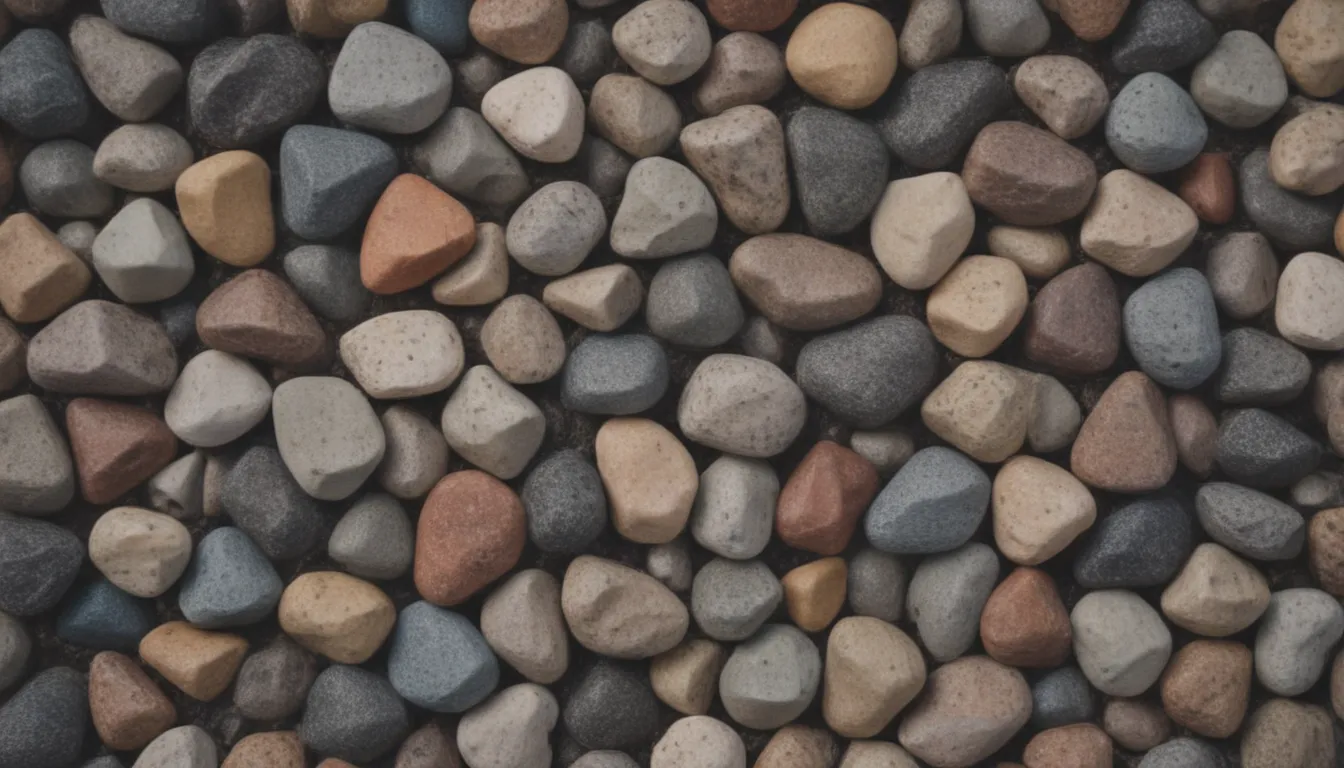How to Calculate How Much Crushed Stone You Need for Your DIY Project

Hey there, DIY enthusiasts! Are you looking to spruce up your yard with walkways, install a patio, or improve your driveway? Crushed stone is a versatile material that can be used for various projects, and it comes in a variety of colors, textures, and sizes. But the big question is, how much crushed stone do you really need? Don’t worry, with a simple formula, you can easily calculate the amount of crushed stone required for your project.
Calculating Crushed Stone for Your Project
In the construction world, materials are typically measured in cubic yards. To determine how much crushed stone you need, use the following formula:
Formula: (L’ x W’ x H’) / 27 = cubic yards of crushed stone needed
Simply multiply the length (L), width (W), and height (H) of the area in feet, and then divide by 27. This will give you the cubic yards of crushed stone needed. For example, let’s say you’re working on a patio that is 20 feet long, 10 feet wide, and requires a 6-inch base of crushed stone:
(20′ x 10′ x 0.5′) / 27 = 3.7 cubic yards
In this case, always make sure to use feet in your measurements. And if your calculation results in a fraction, it’s better to round up to ensure you have enough materials for your project.
Understanding Crushed Stone
But what exactly is crushed stone? Crushed stone is a man-made construction aggregate that is typically produced in quarries by crushing large stones. It is commonly used as a base or underlayment for projects like patios, driveways, and landscaping. Crushed stone comes in various sizes and types, such as:
- Argillite
- Basalt
- Gabbro
- Granite
- Limestone
- Quartzite
- Recycled stone substitutes
- Riprap
- Sandstone
- Slate
- Volcanic scoria
- Washed gravel
Interestingly, in 2020, the United States produced a staggering 1.46 billion tons of crushed stone, equivalent to about 4 tons per American, according to the U.S. Geological Survey.
Crushed Stone vs. Gravel: What’s the Difference?
While crushed stone is artificially produced through crushing machines, gravel is naturally formed through erosion and weathering processes. The cost of both materials can vary depending on location, type, and quantity required. Pea gravel, for example, is a smaller-sized gravel often used for landscaping, while crushed stone is commonly used for construction and pathways.
- Crushed stone:
- Provides solid traction
- Resists weed growth
- Not ideal for barefoot areas
-
Suitable for driveways and pathways
-
Gravel:
- Has a rounder, more natural appearance
- Cost-effective option
- Commonly used for driveways
If you’re considering using crushed stone or gravel for your project, keep in mind that gravel may move easily if not properly edged. To prevent this, consider using concrete blocks or landscape trim to secure the material.
Additional Uses for Crushed Stone
Aside from construction and landscaping, crushed stone has other practical applications. For instance, limestone, a type of crushed stone, can serve as an acid neutralizer in soil. By raising the soil’s pH levels, limestone can aid in plant growth, prevent toxic buildup, and improve calcium levels in the soil.
So, next time you’re working on a DIY project that requires crushed stone, remember to calculate the amount you need using the formula provided. Whether it’s for a patio, driveway, or landscaping, knowing the right amount of crushed stone will ensure your project is a success. Happy building!





